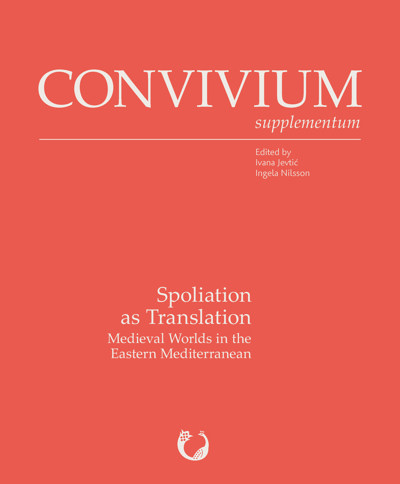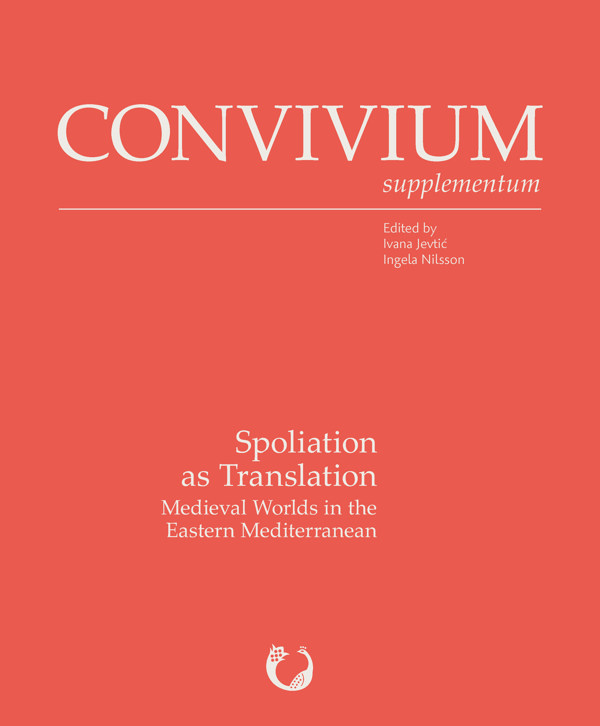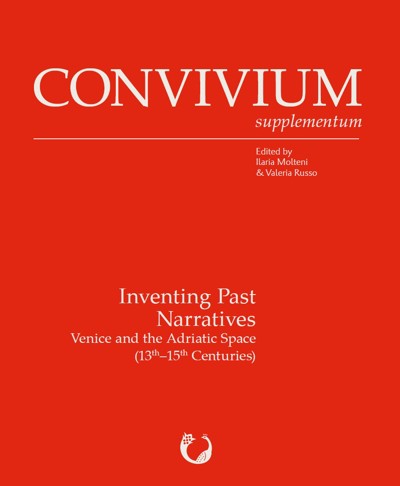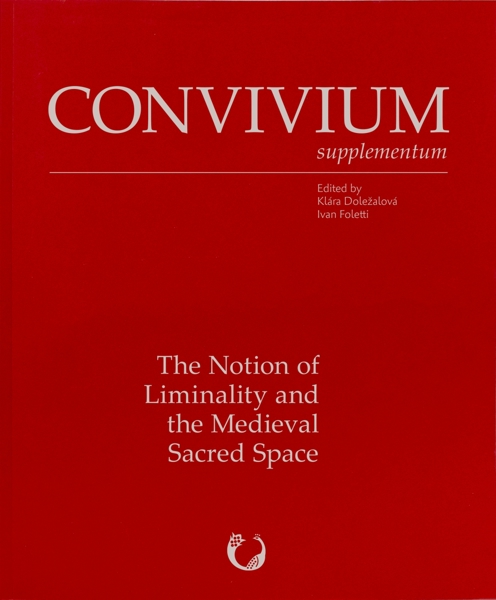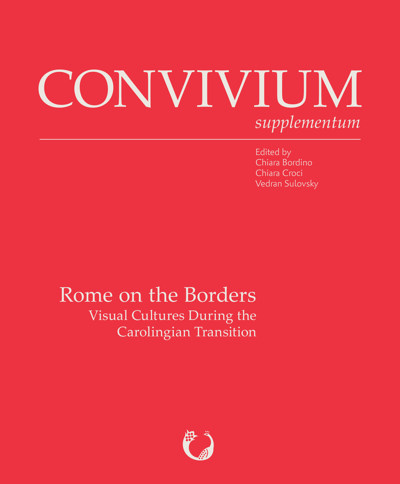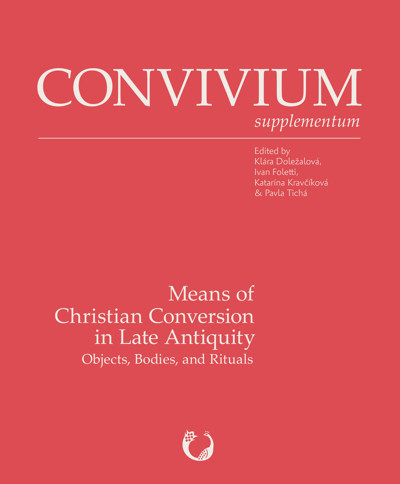
Spoliation as Translation
Medieval Worlds of the Eastern Mediterranean
Ivana Jevtić, Ingela Nilsson (eds)
- Pages: 201 p.
- Size:210 x 270 mm
- Illustrations:79 col.
- Language(s):English
- Publication Year:2021
- € 75,00 EXCL. VAT RETAIL PRICE
- ISBN: 978-80-210-9923-4
- Paperback
- Available
- € 75,00 EXCL. VAT RETAIL PRICE
- ISBN: 978-80-210-9924-1
- E-book
- Available
- Contains contributions in Open Access
The articles gathered in this special issue of Convivium offer a variety of perspectives – history of medieval art, architecture, literary studies – that explore the relations between spoliation and translation, with a particular focus on the interconnections and similarities between material/artistic and textual/literary cultures. Building on current research in spolia and translation studies, these contributions respond to the increasing interest in and popularity of these two topics in recent scholarship. A conceptual point of departure is that reuse and translation represent two crucial processes facilitating cultural dialogues and exchanges across time and space. Material and textual spolia fascinate us, because they provide various means and levels of engagement with the past with a tangible form, sometimes of an ambivalent nature. Objects, artefacts, buildings, and texts have been subject to constant reworkings, through which they have been interpreted and translated: old stories gain new significance in new contexts, just as old objects gain new meanings in new settings. The aim of this collection is to foster a better understanding of such processes and, at the same time, of the history of the medieval worlds of the Eastern Mediterranean, which is marked by constant cross-cultural encounters and interactions.
Introduction
Ivana Jevtić & Ingela Nilsson — Towards an Empathetic Approach to Material and Literary Spolia
Articles
Ingela Nilsson — Imitation as Spoliation, Reception as Translation. The Art of Transforming Things in Byzantium
Karen Rose Mathews — Speaking Antiquity. Ancient Spolia as a Visual Koine in the Medieval Mediterranean (12th to 15th Century)
C. Ceyhun Arslan — Spolia and Textual Reincarnations. A Reassessment of the Hagia Sophia’s History
Armin F. Bergmeier — Antiquarian Displays of Spolia and Roman Identity. San Marco, Merbaka, and the Seljuk Caravanserais
Margaret Mullett — Spoiling the Hellenes: Intertextuality, Appropriation, and Embedment. The Case of the Christos Paschon
Baukje van den Berg —Eustathios’ Homeric Commentaries. Translating Homer and Spoliating Ancient Traditions
Ivana Jevtić — Reuse and Remodeling in the Late Byzantine World. The Church of Bogorodica Ljeviška in Prizren
Suzan Yalman — Translating Spolia. A Recent Discover of Fragments from the Walls of Seljuk Konya and Their Afterlives
Emelie Hallenberg — Translating and Spoliating the Byzantines. The Receptions and Remodelings of a Komnenian Novel in Early Modern France
Afterword
Olof Heilo – Postscript: The Meaning of Ruins
